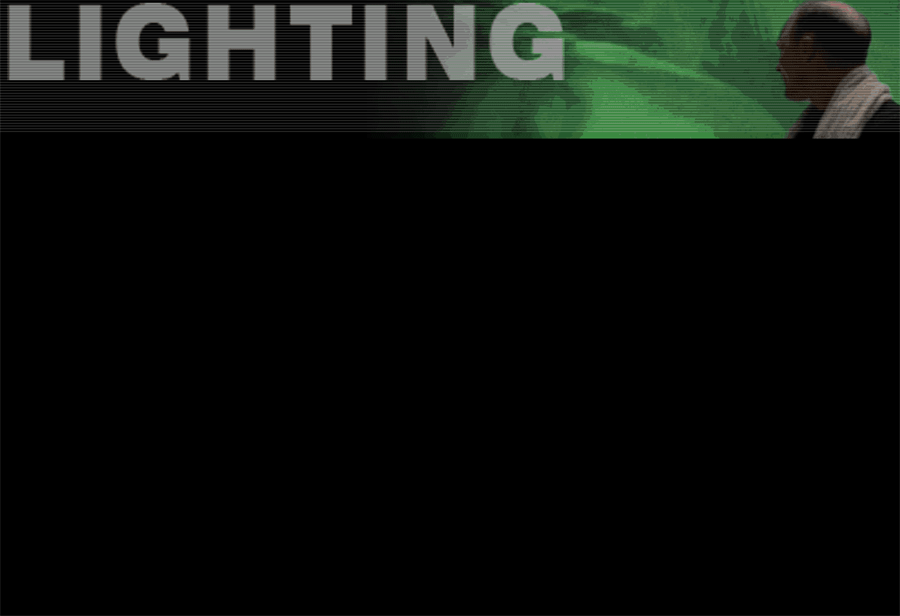

The contemporary idea of lighting extends far beyond the mechanical understanding of lighting equipment, angles, and shadows. Previously, the understanding of light was commonly shared, thus the primary concern was how to use light effectively in filming to create a desired visual effect. However, now that new methods of manipulating light are being developed and applied, the commonly held understanding of light is being faltered. These developments bring forth questions such as,
“What is artificial and what is natural?”, “How is lighting applied on 2D planes?”, “what is the essence of light apart from its material association?”, “Can light be tangible?”, “Is light a condition or a device?”
In asking these questions and through examples discussed prior, we have expanded our paradigm regarding light, and consequently, how we use it. In addressing three different modes of lighting applied in films; realistic, interpretive, and abstract, we are now aware that a major concern for lighting in contemporary film is not just how light is used, but also what light is.
In questioning light, we question reality. In questioning reality, we lose our sense of the homely; therefore there is prevalent condition of homelessness. One day, when the world of illusions can offer more than what reality can, we must ask ourselves “Is there a need for reality?”
Conclusion: Lighting and the Uncanny